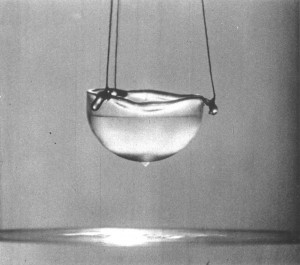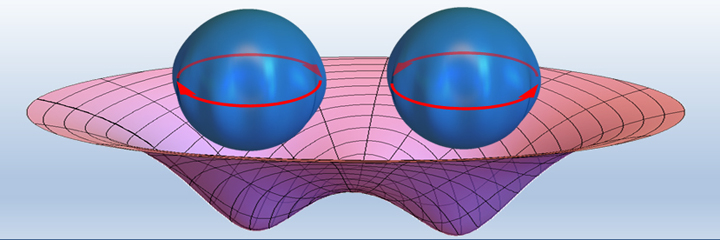Boundaries have fascinated scientists for generations. At what point does Earth become space? When does medicine turn into poison? When does living become dead? Perhaps the most intriguing of boundaries is the blurring between the microscopic — the quantum regime — and the macroscopic, described by Einstein’s theory of gravity. This is precisely what Jack Harris, an associate professor of physics, is investigating, now with the help of a five-year research grant from the W. M. Keck Foundation.
Harris, now in his 12th year at Yale, hopes to bring together his knowledge of condensed matter and atomic physics. With the Keck grant, Harris will probe the quantum world using objects a million times larger than have ever been researched. Scientists face an obstacle in obtaining precise measurements of quantum phenomena because friction and temperature effects and obscure hard data. But Harris’ approach could circumvent these challenges.

To better understand quantum gravity, Harris will suspend a drop of superfluid helium in a magnetic chamber and bounce a single photon in it. In theory, the superposition of the photon will be transferred to the macroscopic helium drop, causing a disturbance in the surrounding gravitational field, which can then be measured. This experiment is groundbreaking in its combined use of single photons, magnetic levitation, and superfluid helium, the ultracold temperature and ultrapure composition of which mitigate many of the frictional and temperature effects that prevent exact quantum measurements.
Of course, this comes at a price: The superfluid is almost entirely transparent, which requires the creation of an echoing gallery to allow the photons within the drop to reverberate, and without which the photon would pass through the drop. However, Harris sees this as an opportunity to better integrate other laboratory techniques into quantum measurements. “This experiment is so different and cool. There are a lot of interesting things to do on the way,” Harris said.
The experiment will continue through 2020.
Cover Image: The macroscopic liquid helium drop creates a disturbance within the gravitational field which can be precisely measured. This experiment, using millimeter sized objects, is groundbreaking in measuring large quantum effects. Image courtesy of Jack Harris.

